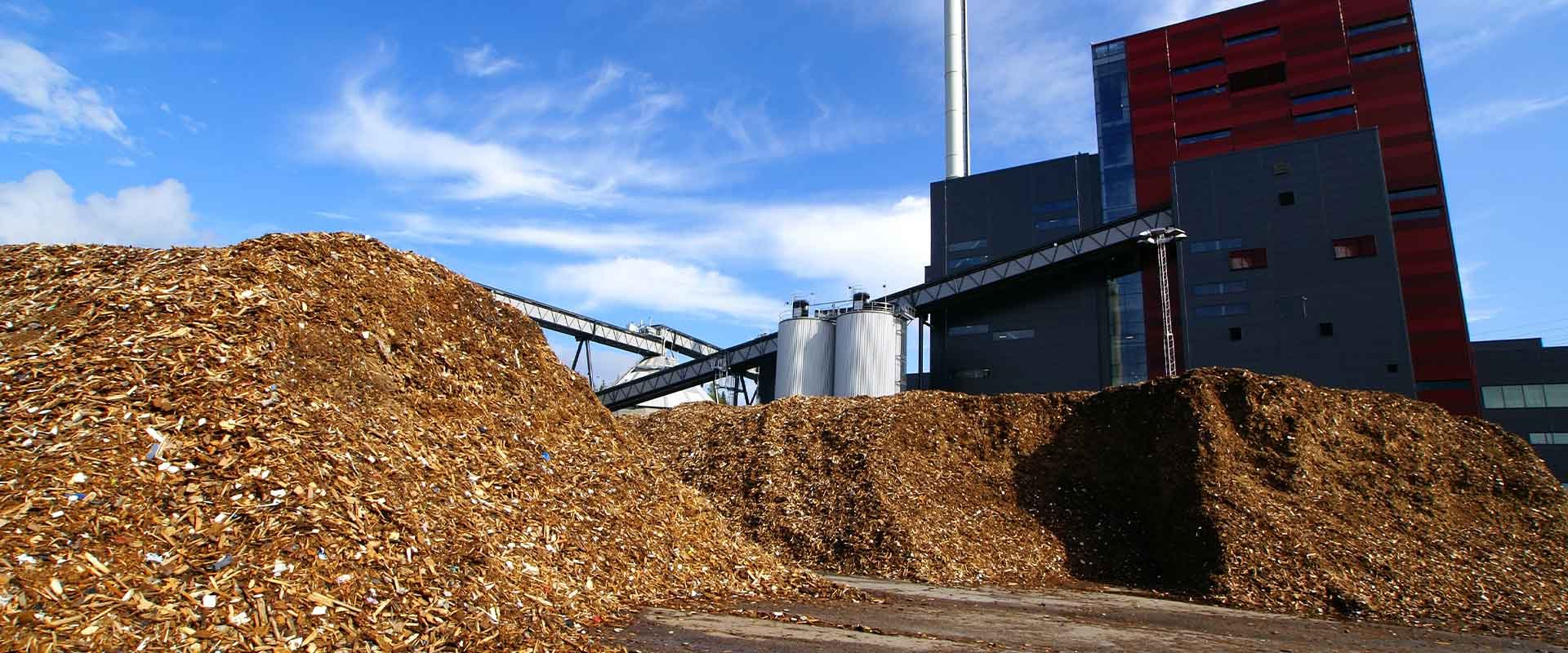Five facts about biomass energy
renewable energy

renewable energy
What exactly is biomass energy, where is it sourced from and why is it important for our renewable future? Read on for five fascinating facts about this unique energy source that may surprise you.
In the renewable energy family, think of biomass as the less glamorous but more dependable cousin of wind and solar energy. Put simply, biomass is renewable organic material that comes from plants and animals, which can be converted into energy. Biomass sources for energy include wood and wood processing wastes, agricultural crops and waste materials, and animal manure and human sewage.
Since the beginning of time, humans have been harnessing biomass energy in the form of wood fires for cooking or warmth. Now, various sources of biomass energy are being explored extensively for their potential contribution to our carbon neutral future. Currently accounting for over six per cent of the global energy supply, it is predicted that consumption of modern bioenergy will double in the next 20 years. What are some inventive ways humans are converting flora and fauna – and their by-products – into useable, sustainable energy?
Thanks to ingenious minds in the bioenergy space, banana peels are now good for more than slipping over on – they can power your laptop! Food scraps collected from homes, restaurants, farms and rubbish tips all provide suitable organic matter for a process known as anaerobic digestion.
Collected waste is cleaned at a processing plant at temperatures of around 55 degrees Celsius, then the waste is sealed off from oxygen and eaten up by bacteria in a bioreactor. This in turn generates gas that contains high quantities of methane, which is a powerful source for generating electricity and heat when fed into the gas grid. Leftover biomass can be used as compost for farms, making the entire process circular.

Whoever first thought of turning stools to fuels was a genius – it is a biomass source guaranteed to never run out so long as there is human and animal life on the planet. Animal manure and human sewage can be used to produce biogas (renewable natural gas) via anaerobic digesters, which in turn can be used to generate electricity. While it no doubt makes some squeamish, recycling human and animal waste presents an enormous advantage: it cuts down on landfill pollution and offers a highly efficient and bountiful source of renewable energy.
In 2022, Australia’s first biosolids gasification plant opened in Loganholme, south of Brisbane – making it the first place in the Southern Hemisphere to turn human waste into renewable energy.

Unsurprisingly, there is controversy around just how sustainable a major form of biomass energy is: burning timber for energy. Carbon dioxide and methane gases are released when biomass is burned, contributing to rising greenhouse gases. So, in order to this form of bioenergy to be truly renewable, producers of wood pellets must reforest areas to ensure the carbon dioxide produced through burning pellets is reabsorbed by newly planted trees.
Unfortunately, this can be difficult to police in many parts of the world, where illegal logging is taking place to meet the surging demand for woody biomass.

With modern day fuel prices skyrocketing, it’s an appealing thought to be able to power your vehicle on the contents of your lawn mower catchment tray. While the process is not quite so simple, a biofuel called ethanol is already being produced around the world, from crop sources like corn, sugar cane and grass. Ethanol can be used instead of gasoline in many cars.
Another type of biofuel – biodiesel – is being produced from vegetable oils and animal fats. The use of biofuel looks set to soar: the global biofuels market was valued at nearly 110 billion US dollars in 2021, with figures projected to reach 201.2 billion US dollars by 2030.

Appearances can be deceiving, and this has never been truer than in the case of algae. Not much to look at, the green slimy stuff in fact boasts incredibly attractive properties when it comes to biomass energy production. Algae have the potential to produce a far greater amount of biomass per hectare than terrestrial biomass and can be cultivated on marginal lands, so it does not compete with other crops or food. In addition to not taking up much space, algae are not fussy about location: it can thrive in the sea; in wastewater including sewage, animal wastes and some industrial effluents; and even on land with seawater.
When growing in wastewater, algae offer the additional benefit of purifying the water, at the same time as producing biomass suitable for biofuels production. It’s fast growing – some types are able to double in size every 24 hours – and can be harvested daily. When it comes to the future of biomass, algae are certainly one to watch.

For over 25 years, Brunel has worked with innovators and leaders from Australia's resource and power generation industries to deliver both small and large-scale projects. Speak with our renewable energy experts today and discover how Brunel can help meet your personnel and project needs.